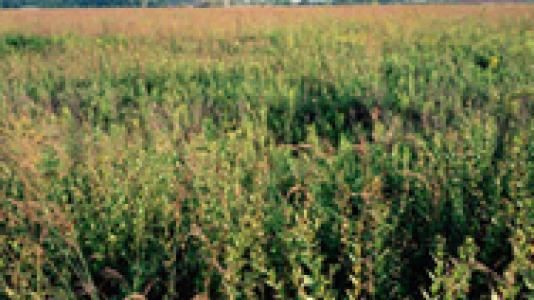
Therefore, small changes in soil respiration rates can have major impacts on annual increases in the concentration of atmospheric CO2. Despite the importance of soil CO2 efflux on ecosystem carbon budgets, the underlying biophysical factors controlling the autotrophic and heterotrophic components of soil respiration are poorly understood, limiting our capacity for predicting responses and feedbacks of terrestrial ecosystems to current and future changes in climate.
A research team from Argonne’s Biological Sciences Division and Environmental Science Division investigated the relationships of net ecosystem carbon exchange, soil temperature, and moisture with soil respiration rate and its components at a grassland ecosystem. The findings suggest that the frequently observed variations in the sensitivity of soil respiration to temperature or moisture may stem from variations in the proportions of photosynthesis available for autotrophic and heterotrophic components of soil respiration. Rates of photosynthesis at seasonal time scales should also be considered as a driver of both autotrophic and heterotrophic soil respiration for ecosystem flux modeling.
- Gomez-Casanovas, N., Matamala, R., Cook, D. R. and Gonzalez-Meler, M. A. (2012), Net ecosystem exchange modifies the relationship between the autotrophic and heterotrophic components of soil respiration with abiotic factors in prairie grasslands. Global Change Biology, 18: 2532–2545.